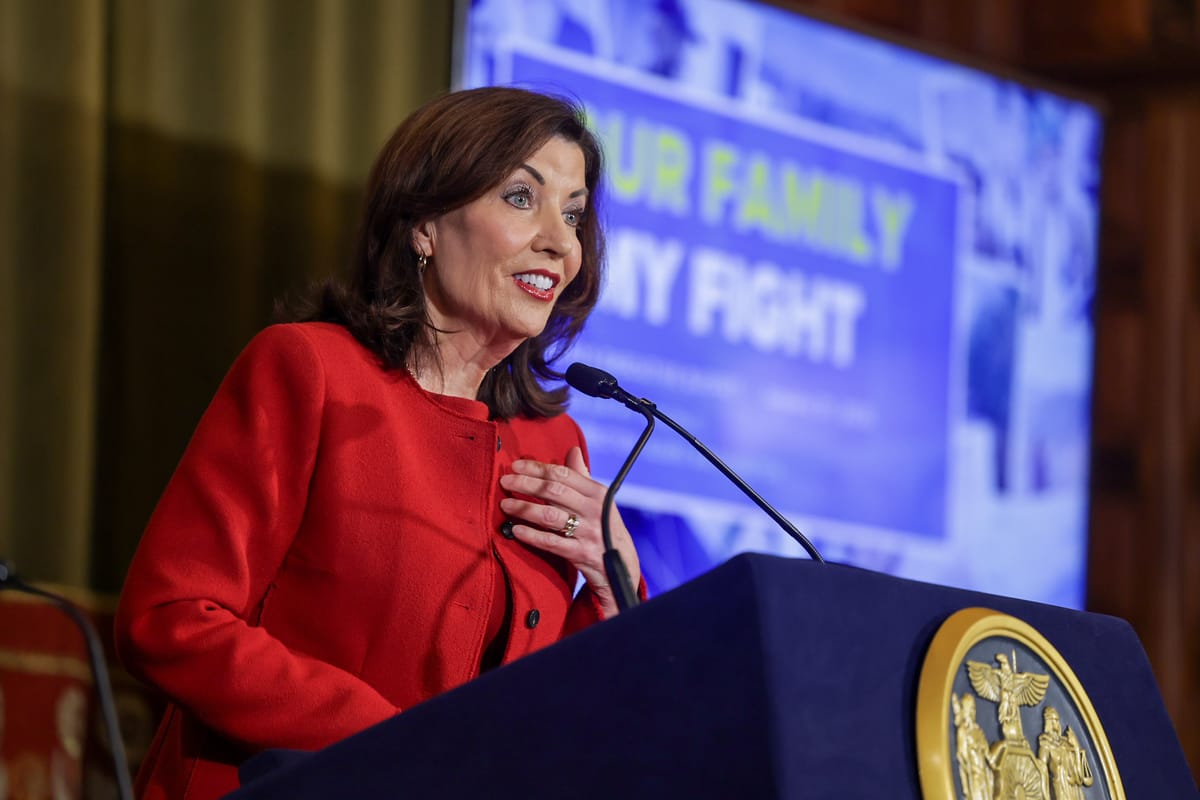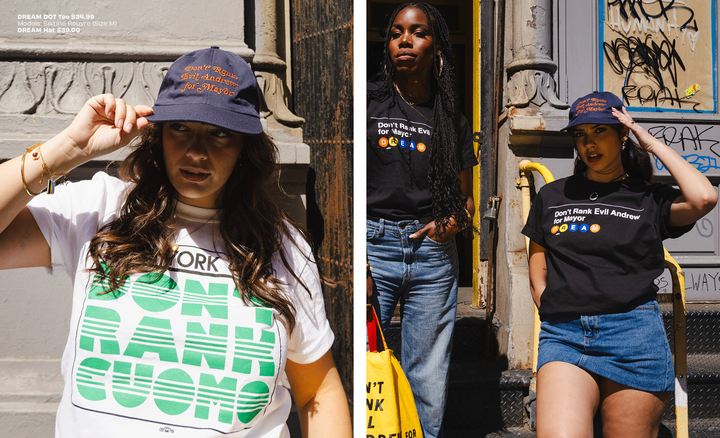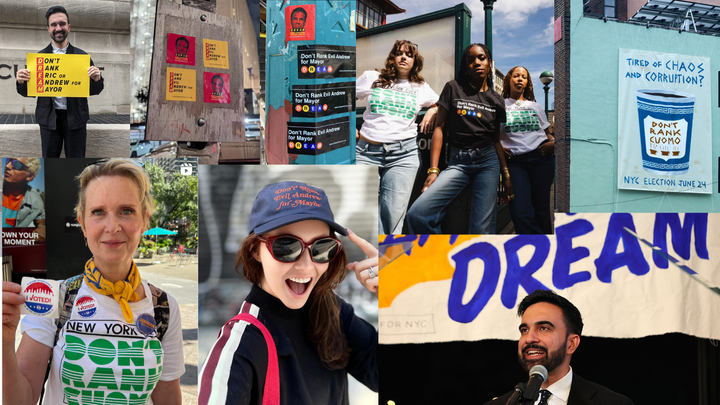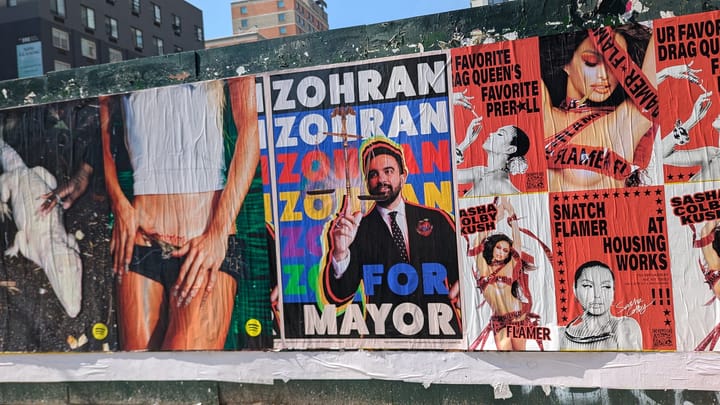Kathy Kash! Why $300 checks from the governor might be bad, actually
This week we bravely ask the question: is free money good or bad?

Earlier this week, Gov. Kathy Hochul unveiled her proposed $252 billion New York State budget for fiscal year 2026, and among the higher-profile line items: using part of the state’s current $5.3 billion surplus — the result of higher-than-expected tax revenue — to issue $3 billion worth of “inflation refund” payments to a large swath of state residents, including those who already make a ton of money.
Specifically: joint filers making $300,000 and under would receive a $500 payment, and single filers who make $150,000 and under would receive a $300 payment. Hey, why not, those pandemic stimulus checks were a good thing, right, and anyway, who doesn’t love free money?
Plenty of people, it turns out.
The response to this particular aspect of the budget is somewhat all over the political map. The New York Post hates it and derided the payments as “handouts,” while Eric Adams put out a statement saying the plan “meets the moment of our city and state’s affordability crisis;” meanwhile, various policy and budget experts are raising questions about how much such a plan would actually do in the way easing the affordability crisis.
“Will people be happy getting checks? No question,” Andrew Rein, president of the Citizens Budget Commission told The Groove. “Will they be better off in the long run? Major question.”
Or as government transparency nonprofit Reinvent Albany put it in a statement, “This pre-election year stunt is like throwing bales of hundred dollar bills out of a jet plane and claiming it makes New York a better, more affordable place to live.”
No-strings cash payments are gaining increasing interest and legitimacy among progressive policymakers, and aside from the obvious example of the federal stimulus checks during the pandemic, similar payouts have happened in recent years in states including California (“Gavin bucks”) and Minnesota (the “Timmy stimmy”).
So what exactly is the potential problem here? In a nutshell, it’s that one-time payments of a few hundred bucks — some of which are going to people earning comfortable six-figure salaries — won’t be enough to make a palpable difference for most New Yorkers, and will squander billions of dollars that could be used to set up longer-term aid.
“There's a lot you could do with $3 billion that would be more consequential,” said Nathan Gusdorf, executive director of the Fiscal Policy Institute. “They could increase their permanent investment in affordability initiatives by billions of dollars a year.”
A few possible ways the state could be using this money instead of a firehose of random checks:
- Help fund the MTA. Hochul’s budget pledges “support” for the MTA’s capital plan, which has a $33 billion funding gap, but she’s currently offering only $3 billion in direct state aid after the MTA asked for $4 billion.. The $3 billion cost of the checks could certainly be used to bridge part of the gap. “They’re in a position to fix the MTA’s funding stream,” Gusdorf told The Groove. “Obviously public transit is extraordinarily important for the city and the whole downstate region, and therefore for the stability of the state’s fiscal future, which relies heavily on taxes from the downstate economy.”
- Fix transit infrastructure statewide. “Roads and bridges around the state are not in good shape, and they need real investment,” Rein said. “When you get a surge of revenue you should think, ‘what should I do that really helps things?’”
- Focus the payments on people who need them most. No offense to the aforementioned $300,000-earning households, but if we’re doing payment checks, they could maybe go toward larger cash amounts for New Yorkers who need them more urgently. “They could focus on the most needy and give them more substantial relief,” Rein said.
- More bang for the buck on affordable housing. This one’s wonky but important: the state could be putting its extra billions into something called a “revolving loan fund,” which provides low-interest-rate loans to developers to build mixed-use properties that include affordable housing units. “If you scaled up, that fund could produce tens of thousands of units of new housing.” (A plan for such a fund exists in the current proposal, but with funding of just $50 million, per Gusdorf.) The state already subsidizes mixed-use housing via tax breaks like the 421a program, but if they were incentivizing developers via loans that would eventually paid back to the state, they could spend far less money and spur the creation of thousands more desperately-needed housing units in the process, a rare win-win, Gusdorf said.
- Take a crack at universal childcare. Former mayor Bill de Blasio’s universal pre-K push has rightly been getting attention lately as a historic win, but what if we went even bigger, with statewide universal childcare? “The governor has talked about studying the issue of universal childcare, but this is something experts and advocates have been talking about for many years,” Gusdorf said. “Instead of continuing to commission studies, they should take resources and start putting money down to expand the subsidy program beyond its current income threshold, and start moving in incremental steps to a universal program.” Granted, $3 billion isn’t enough to fully institute such a program — Gusdorf estimates the full cost at something closer to $15 billion. “But if they made a multi-billion-dollar investment, it would make a big difference and also signal that we are on the path to a truly universal scheme.”
Whatever you think may be the best way to spend the state’s extra money, the point most critics are making is that one-time payouts will do way less to improve the lives of working- and middle-class New York State residents than investing in long-term public projects. Which is supposed to be the point of having a government to begin with.
“The whole fiscal function of the state is leveraging its ability to collect taxes from anyone and then deploying billions and billions of dollars to more productive ends,” Gusdorf said. “The state is the only entity that can do big investments in infrastructure like transit and housing. If it’s just money that’s then going right back to people, it’s not really fulfilling its job.”




Comments ()